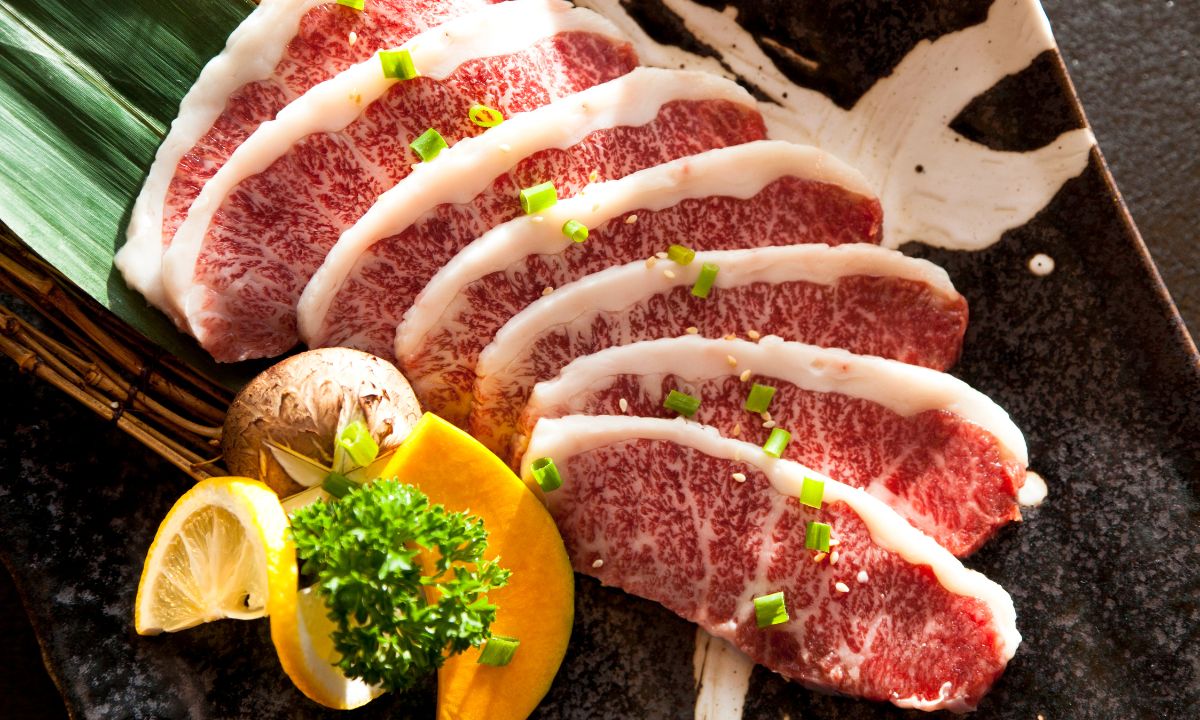Introduction
Wagyu beef, a term synonymous with luxury and indulgence, is highly sought after for its exceptional marbling, tenderness, and flavor. But what makes this beef so special? In this article, we’ll delve into the history, types, grading system, unique characteristics, cooking techniques, and tips for purchasing Wagyu beef.
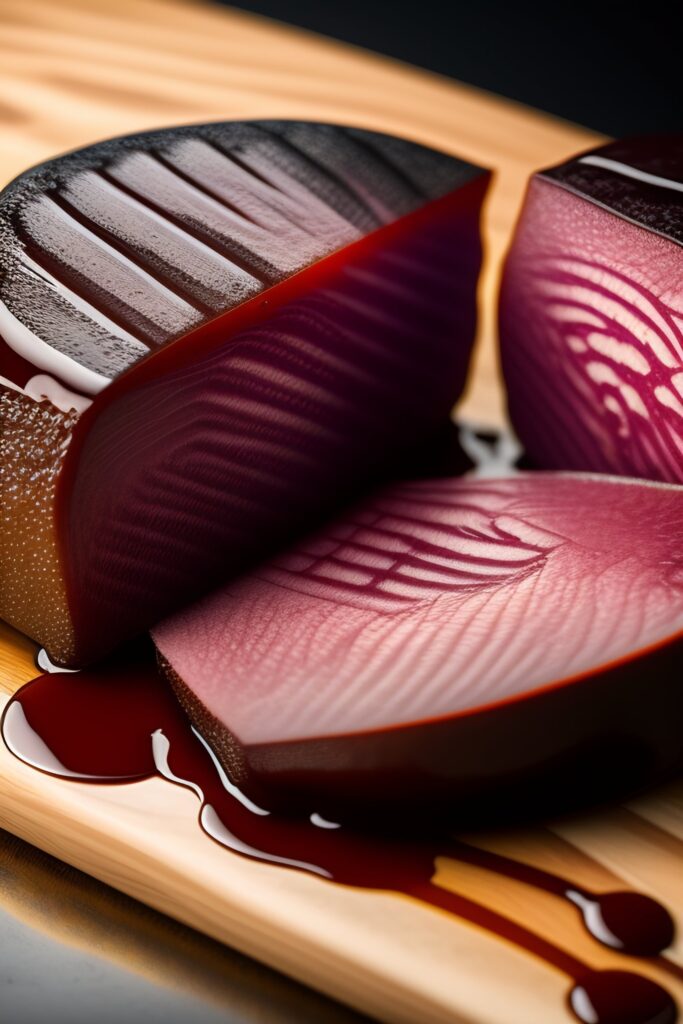
History of Wagyu
Origin in Japan
Wagyu, a term that translates to “Japanese cow” (wa = Japanese, and gyu = cow), refers to a group of Japanese cattle breeds renowned for their high-quality, marbled meat. The history of Wagyu can be traced back centuries, with its origin in Japan deeply rooted in the country’s culture and cattle breeding techniques.
Expansion to other countries
While Wagyu cattle were originally exclusive to Japan, the desire for this luxurious beef has led to its expansion to other countries. In the late 20th century, the United States, Australia, and other nations began breeding Wagyu cattle, leading to the establishment of their own unique Wagyu varieties.
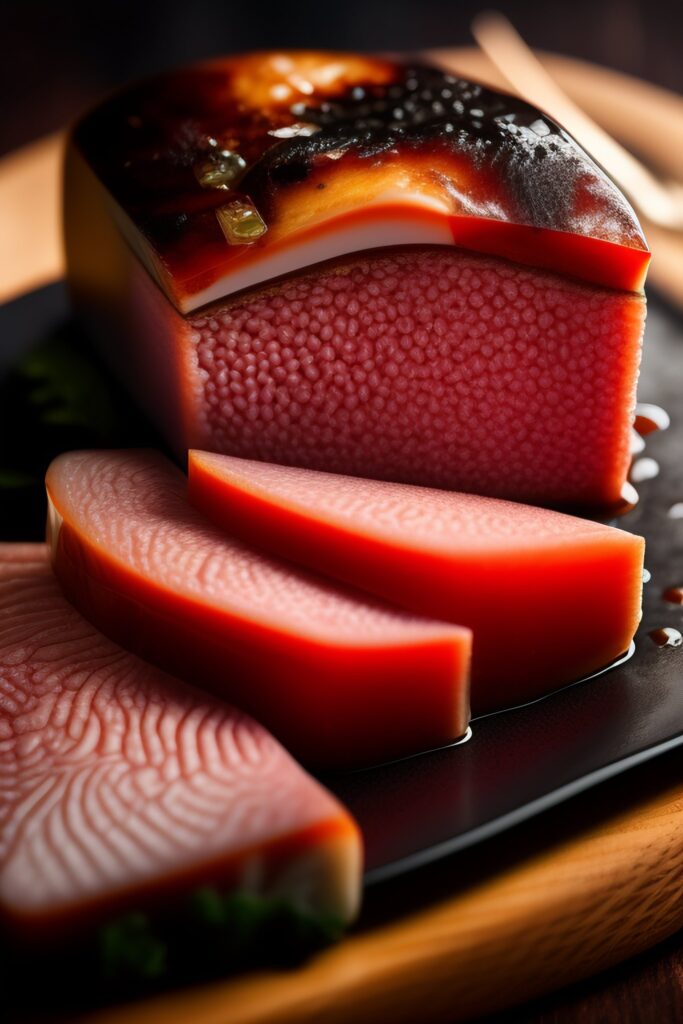
Types of Wagyu
Japanese Wagyu
Japanese Wagyu is considered the most prestigious type of Wagyu beef. There are four main breeds of Japanese Wagyu: Kuroge Washu, Akage Washu, Nihon Tankaku Washu, and Mukaku Washu. The Kuroge Washu, also known as the Japanese Black, is the most highly regarded and makes up around 90% of all Wagyu cattle in Japan.
American Wagyu
American Wagyu, sometimes called “Wagyu-style,” is a crossbreed between Japanese Wagyu cattle and traditional American breeds such as Angus. This combination results in beef with exceptional marbling and tenderness, though not as highly marbled as its Japanese counterpart.
Australian Wagyu
Australian Wagyu is another popular Wagyu variety, known for its strict breeding practices and high-quality standards. Similar to American Wagyu, Australian Wagyu is often a cross between Japanese Wagyu and other cattle breeds like Angus or Holstein, providing a unique flavor profile and marbling.
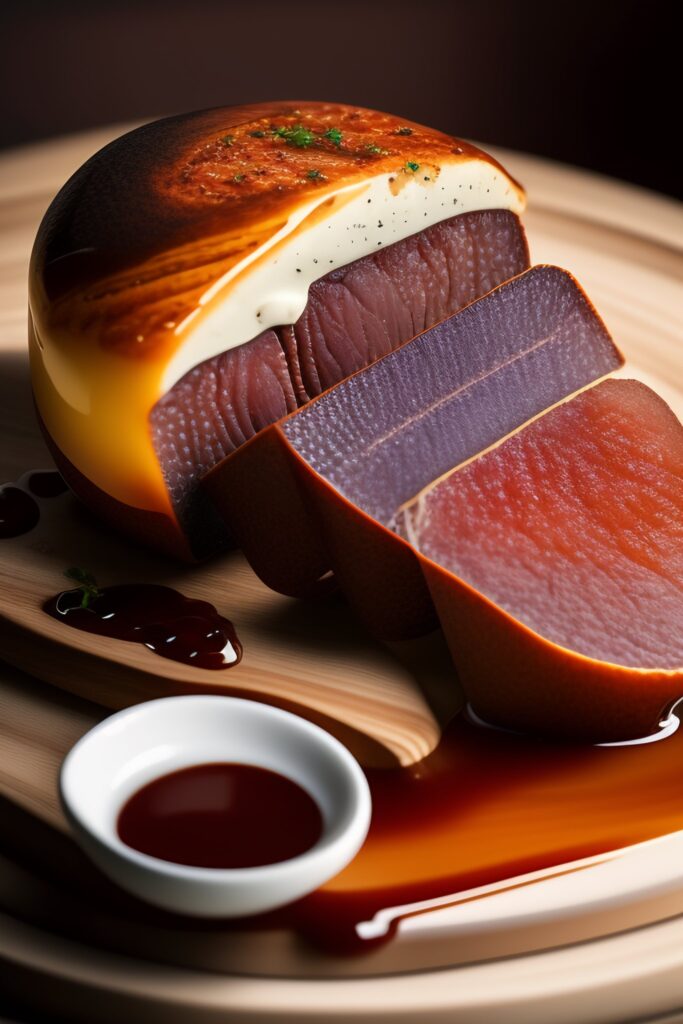
Grading System
Japanese Grading System
The Japanese Meat Grading Association uses a stringent system to grade Wagyu beef, considering factors such as marbling, meat color, fat color, and texture. The grading scale ranges from A1 to A5, with A5 being the highest possible grade. A higher grade signifies a higher percentage of marbling and better overall quality.
Other Grading Systems
Other countries, such as the United States and Australia, have their own grading systems for Wagyu beef. The USDA grading system grades beef on a scale of Prime, Choice, and Select, with Prime being the highest quality. In Australia, the Australian Meat Industry Council uses the Meat Standards Australia (MSA) grading system, which evaluates factors such as marbling, fat depth, and meat color.
Unique Characteristics
Marbling
One of the defining features of Wagyu beef is its incredible marbling. Marbling refers to the thin, white veins of fat that run through the meat, creating a tender, melt-in-your-mouth texture. The higher the marbling, the more tender and flavorful the beef will be.
Flavor Profile
Wagyu beef boasts a rich, buttery flavor that is both delicate and complex. The high degree of marbling contributes to this unique flavor profile, as the intramuscular fat renders during cooking, infusing the meat with a luxurious taste.
Health Benefits
While Wagyu beef is known for its high-fat content, it’s important to note that it contains a higher percentage of healthier monounsaturated fats compared to other beef varieties. These healthier fats have been linked to improved heart health and reduced cholesterol levels.
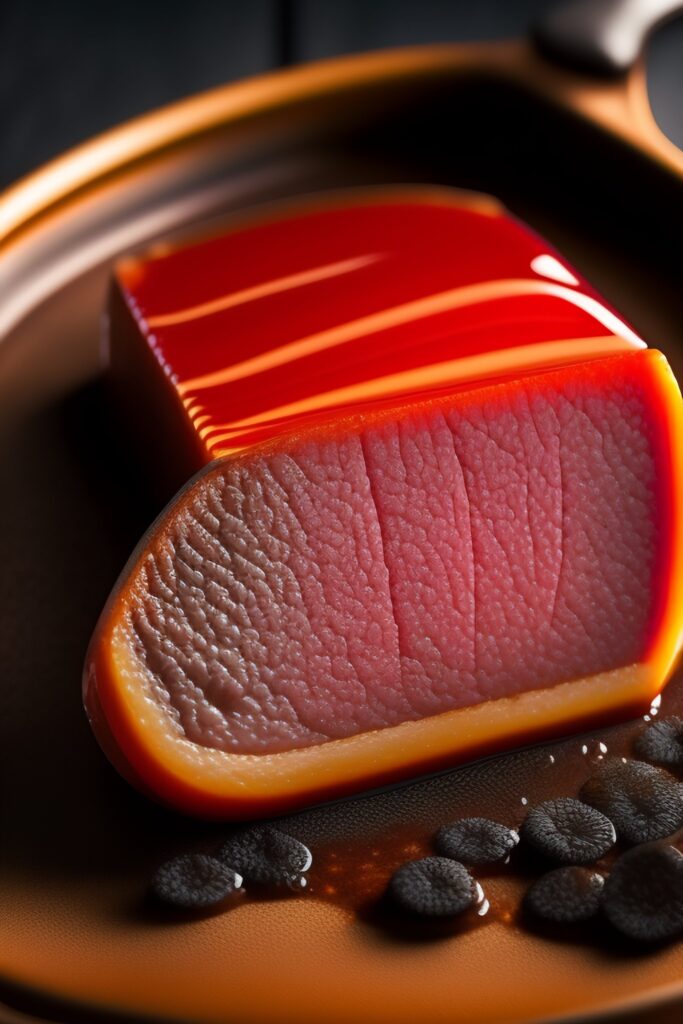
Cooking Techniques
Traditional Methods
Wagyu beef is often cooked using traditional Japanese techniques, such as searing, grilling, or even raw preparations like sashimi. These methods allow the beef’s natural flavors to shine through, while also ensuring the delicate marbling remains intact.
Modern Methods
Modern cooking techniques, such as sous vide and reverse searing, have gained popularity in recent years for their ability to achieve precise cooking temperatures and maintain the integrity of the meat’s marbling. These methods result in an evenly cooked, tender, and flavorful Wagyu beef experience.
Purchasing Wagyu
Authenticity
When purchasing Wagyu beef, it’s crucial to ensure its authenticity. Look for labeling that indicates the origin and grade of the beef, such as “Japanese A5 Wagyu” or “USDA Prime American Wagyu.” Additionally, reputable retailers and restaurants will be transparent about the source of their Wagyu beef.
Price Considerations
Wagyu beef is often more expensive than other beef varieties due to its luxurious nature and limited supply. However, investing in high-quality Wagyu is worth the price for the unparalleled taste and tenderness it offers.
Conclusion
Wagyu beef, with its rich history, unique characteristics, and exceptional flavor, has become a symbol of luxury in the culinary world. By understanding the types, grading systems, and proper cooking techniques, you can enjoy a truly unforgettable Wagyu experience.
FAQs
1. What makes Wagyu beef so expensive?
Wagyu beef’s high price is attributed to factors such as its limited supply, strict breeding practices, and labor-intensive production methods. The exceptional marbling, tenderness, and flavor also contribute to its premium price.
2. Can I cook Wagyu beef at home?
Yes, you can cook Wagyu beef at home using a variety of methods, such as searing, grilling, sous vide, or reverse searing. Ensure that you cook it at the proper temperature to preserve the meat’s marbling and flavor.
3. How can I tell if my Wagyu beef is authentic?
Determining the authenticity of Wagyu beef can be challenging, but there are several indicators to help you ensure you’re getting genuine Wagyu. Here are some tips to help you identify authentic Wagyu beef:
Origin: Authentic Wagyu beef comes from Japan. There are four main breeds of Wagyu cattle: Japanese Black, Japanese Brown, Japanese Shorthorn, and Japanese Polled. The most famous and highly prized Wagyu beef comes from the Japanese Black breed, particularly the Kobe, Matsusaka, and Ohmi varieties.
Marbling: Wagyu beef is renowned for its exceptional marbling, which refers to the thin streaks of intramuscular fat distributed throughout the meat. The marbling should be evenly dispersed and have a fine, web-like appearance. The more marbling, the higher the quality of the beef.
Grading: In Japan, Wagyu beef is graded on a strict scale based on marbling, meat color, fat color, and overall quality. The highest grade is A5, followed by A4, A3, A2, and A1. Look for grading information when purchasing Wagyu to ensure you’re getting a high-quality product.

